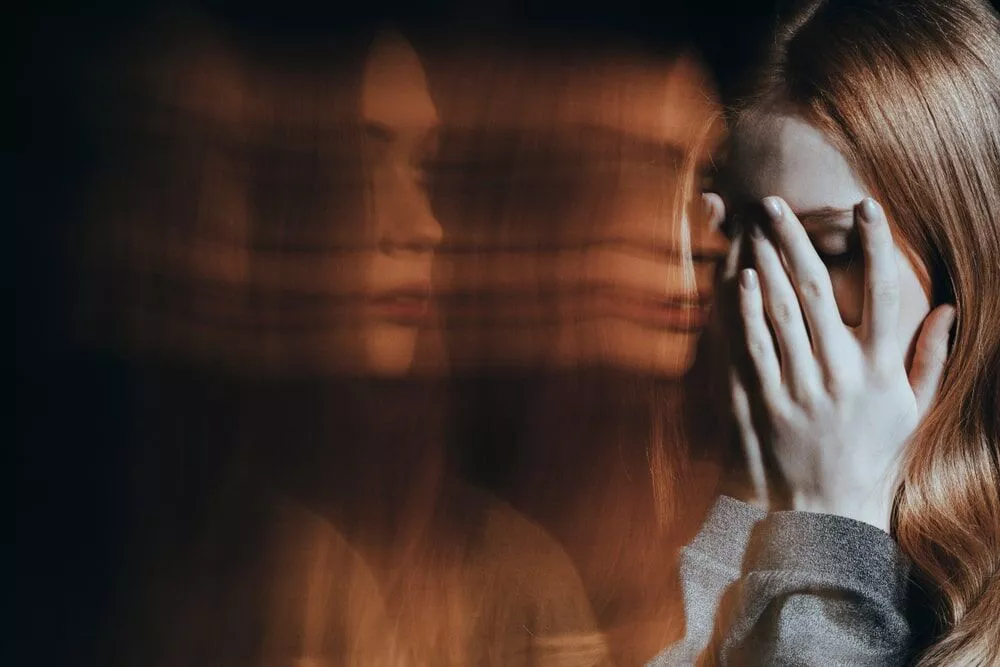Living with bipolar disorder can be challenging, especially if the person who has it or their loved ones don’t know the specifics of this mental illness. Many have questions like “What’s the difference between Type 1 and 2 bipolar disorder?” Is there a difference in how a person feels or the treatment they should seek? New View Wellness in Atlanta treats both types of bipolar disorder with effective treatment methods and any necessary prescription medications. Our skilled staff knows how to use evidence-based therapies to bring out the best in each person and help them live more manageable lives.
What is Bipolar Disorder?
The first step in answering the question “What’s the difference between Type 1 and 2 bipolar?” is understanding the overall illness. Bipolar disorder is a mental health disorder that used to be known as manic depression. It is classified as a mood disorder because of the difficulty it causes a person in being able to control their moods. Along with major depression, dysthymia, and substance-induced mood disorders, bipolar disorder is one of the most common types of mood disorders. Bipolar disorder causes a person to experience extreme emotions, such as euphoric highs or depressive lows, without being able to regulate them. The cycles may occur a few times a year or every few weeks. Bipolar disorder is not curable, but with effective treatment, the symptoms can be minimized. Through the guidance of different types of therapy, people can learn to effect positive changes in their moods and their relationships with others.
What is Type 1 Bipolar Disorder Like?
More people have heard about Type 1 bipolar disorder and its common symptoms than Type 2. Type 1 bipolar disorder causes a person to swing back and forth between episodes of mania and depression. The manic episodes cause them to feel extreme joy and invincible. Mania symptoms include:
- Unusually energetic
- Going long periods without sleep
- Feeling of euphoria
- Extremely talkative
- Engaging in risky behavior
- Trouble concentrating on tasks or conversations
- An inflated sense of self-esteem
- Racing thoughts
- Irritability
- Psychotic episodes
Mania episodes typically last at least one week and are noticeable by those close to the individual experiencing them.
Depressive episodes usually last for two weeks or longer, and the symptoms include:
- Extreme feelings of depression
- Hopelessness
- Cognitive difficulties
- Lack of interest in daily activities
- Sleeping too little or too much
- Isolating
- Suicidal feelings
While many people cycle through their moods without needing hospitalization, some do require a stay in a clinic or hospital setting to help minimize their symptoms and begin a treatment process.
What is Type 2 Bipolar Disorder Like?
Someone with Type 2 bipolar disorder may experience hypomanic episodes but not manic ones. This means their mania cycles are less severe and last shorter periods. The individual also experiences cycles of depression. People with Type 2 bipolar disorder are often misdiagnosed as having depression. While the depressive cycle symptoms are similar, an accurate diagnosis should also take into account the hypomanic symptoms. The overall symptoms for Type 2 are the same as those for Type 1, with the exception that the mania symptoms are less severe or noticeable.
What’s the Difference Between Type 1 and 2 Bipolar?
The answer to the question, “What’s the difference between Type 1 and 2 bipolar?” lies in the mania part of the illness. While both types include depressive lows, how the individual experiences the highs can differ. Type 1 mania is more pronounced than the hypomanic episodes that come with Type 2. Many people find it easier to function in their personal and professional lives because the Type 2 mania symptoms are less severe. However, with either type of bipolar disorder, it’s imperative to seek professional treatment from therapists who understand how to treat this mental health disorder.
How is Bipolar Disorder Treated?
The key to treating any kind of bipolar disorder begins with attending therapy sessions that target ways to help minimize the symptoms of the disorder. Common therapy modalities that help people understand their illness and achieve better mental health include:
- Psychotherapy
- Psychiatry + Medication Management
- Dialectical Behavioral Therapy (DBT)
- Acceptance and Commitment Therapy (ACT)
- Family Therapy
- Brain Mapping
- Genetic Testing
What types of therapy will provide the best results for each person will be determined by an assessment when they begin treatment. Bipolar disorder symptoms also respond well to different types of FDA-approved medications. Treatment will ideally combine using different types of therapy combined with prescription medications.
Find Bipolar Disorder Treatment in Atlanta
Do you have bipolar disorder but don’t know which type or where to turn for help managing it? If you find yourself wondering things like “What’s the difference between Type 1 and 2 bipolar?”, we can help. We provide a complete assessment of each person we treat so you will know your exact diagnosis. Whether you have Type 1 or Type 2, New View Wellness in Atlanta can help you improve your symptoms. We believe having bipolar disorder shouldn’t keep a person from living up to their full potential.
Would you like more information about how we can help you feel better? Visit our admissions page today to find out about our outpatient programs.

